2018 Lexus RX 350L Review: The smooth, quiet, and comfortable ride
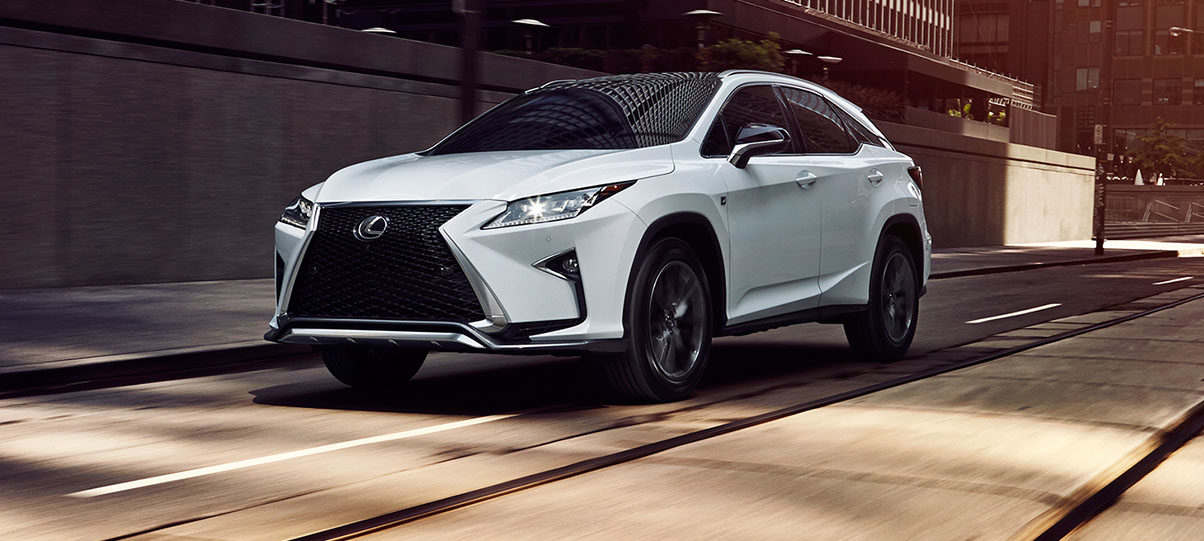
There’s no denying the importance of the Lexus RX. Two decades ago, it pioneered the luxury crossover SUV. And in the time since its inception, it’s not only become Lexus’ best-selling nameplate, but the outright sales leader for all luxury vehicles in the United States. That’s a big ol’ mountain of laurels, one upon which Lexus seems happy to rest.
But now, there’s an RX L, a stretched version of Lexus’ tried-and-true crossover with a third row of seats in the back. It sounds great in theory; Lexus dealers and customers have been asking for such a vehicle for years. Unfortunately for them, the result isn’t quite so sweet.
By the numbers
Measuring 196.9 inches in length, the RX L is 4.4 inches longer than its five-passenger sibling. But since the two models share the standard RX’s 109.8-inch wheelbase, the added length is all situated behind the C pillar. The L’s hatch has a more upright rake to allow for more rear headroom, but otherwise, it’s exactly the same as any other RX. Only when you view it in profile do you notice the L’s added length. From every other angle, it’s the same spindly, heavily creased RX you’ve seen in your local shopping mall parking lot since 2015. RX L pricing starts at $47,670 — or $49,070 for this Premium AWD tester — which is $4,400 more than an equivalent five-passenger model.
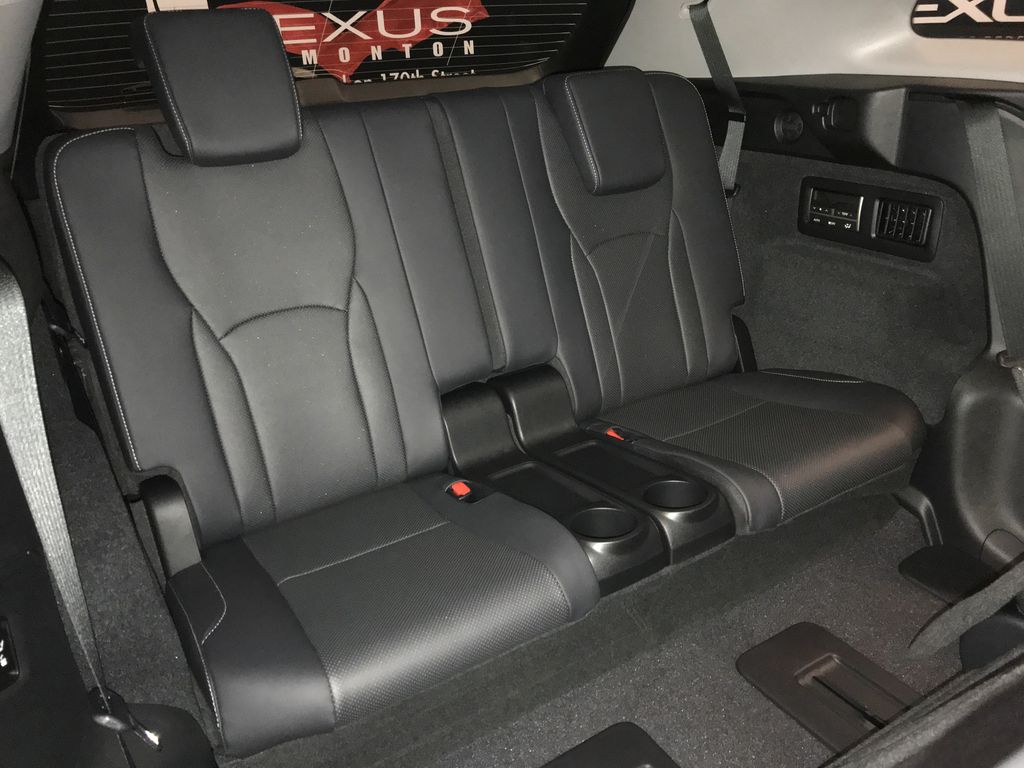
Third-row passengers get their own cup holders and climate controls. What they don’t get, however, are leather seats. These bad boys are vinyl.
Thing is, the RX wasn’t initially designed to house a third row of seats. And since none of the added length is found in the wheelbase, climbing back there is kind of a chore. The second row seats — either a bench or optional captain’s chairs — do slide forward, which helps. But since the rear doors weren’t originally shaped with third-row ingress and egress in mind, you have to duck your head and tilt your body in order to access the way-back. Climbing out is a similarly inelegant process.
Once back there, Lexus says there’s as much as 23.5 inches of third-row legroom. Of course, that’s only if the second row is slid all the way forward, which is only realistic in daily use if your middle-row passengers are bereft of legs. With the second row in a comfortable-ish position, you aren’t going to fit anyone over the age of 10 in the far back, I promise.
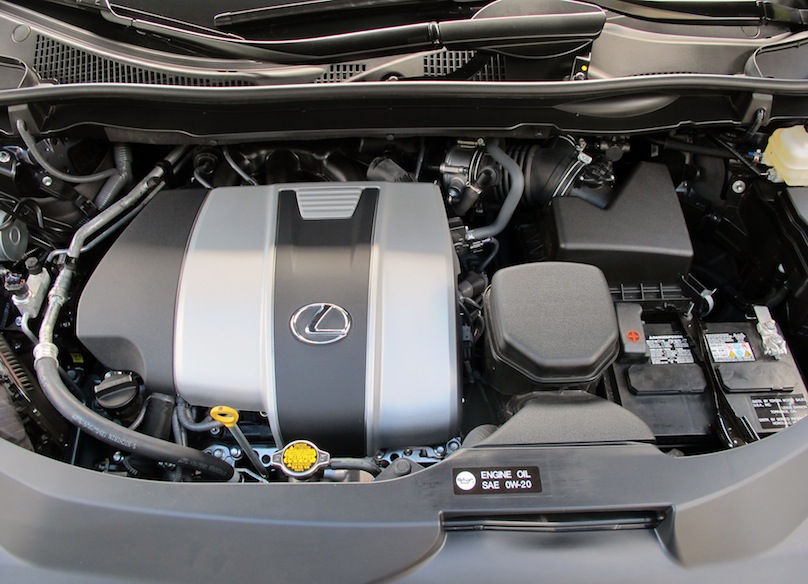
The RX 350’s 3.5-liter V6 carries over for 350L duty, though it inexplicably loses 5 horsepower and 5 pound-feet of torque in the process.
Should you fill all three rows of seats with passengers, you won’t have enough cargo space to carry all their belongings. With all three rows intact, the RX L offers 16.3 cubic feet of stowage. Fold the third row and cargo capacity swells to 33.4 cubic feet. With both back rows of seats folded, you’re treated to a respectable 70.7 cubic feet.
Now, let’s compare all of this to a 2018 Acura MDX, which at $44,200, is one of the RX L’s closest competitors. The MDX boasts 4.6 more inches of available third-row legroom and 5.7 inches of available second-row legroom. That said, the MDX only packs 15.0 cubic feet of cargo space behind the third row, though its 38.4 behind-second-row spec bests the Lexus. And before you try to tell me the MDX is a larger vehicle than the RX L, it’s actually half-an-inch shorter in overall length, and only a tenth-of-an-inch taller. Its superior interior packaging is simply the result of the MDX being intended for seven-passenger use right from the start.
A Lexus at heart
Packaging woes aside, the RX L’s cabin is lovely. Up front, driver and passenger are met with an expansive view of the outside world, coddled in supremely comfortable leather chairs. Every touch point is wonderfully executed, from the material selection to the premium heft in the action of each button and knob. It’s not quite Mercedes rich, but it is Lexus quiet, and whether you’re stuck in city traffic or enjoying a long jaunt down a country road, the RX L provides a serene environment for daily driving.
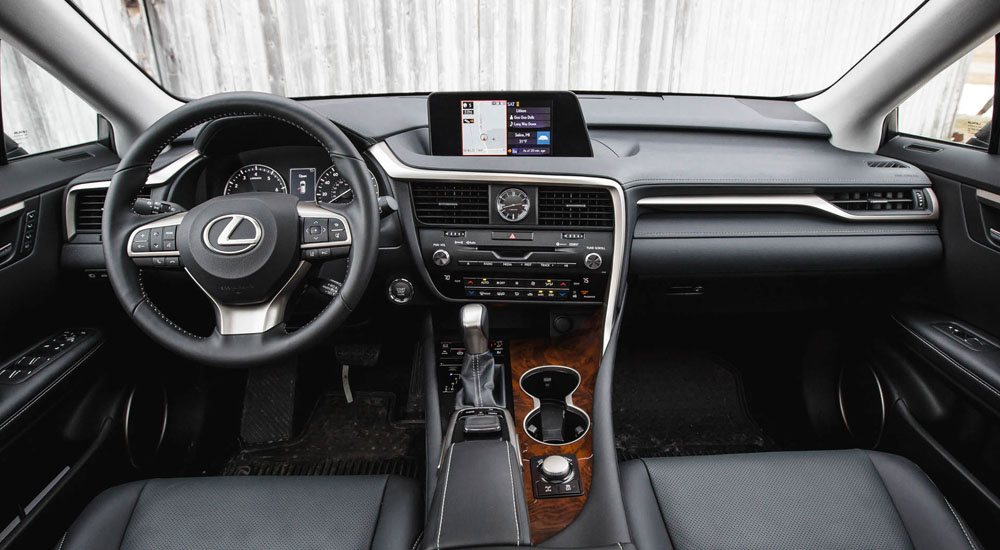
With comfy leather seats and lots of sound insulation, the RX’s cabin is plush and hushed. It’s great for long commutes.
The RX 350L uses the same 3.5-liter V6 as the normal RX 350, although curiously, it loses 5 horsepower and 5 pound-feet of torque in the transition. With lower output ratings of 290 horsepower and 263 pound-feet of torque — not to mention an additional 232 pounds — the RX 350L is slightly less energetic than the already sedate RX 350. Sprinting to 60 miles per hour takes 8.1 seconds in the all-wheel-drive RX 350L, compared to 7.9 in the RX 350.
Every bit of the RX L’s driving experience is tuned for comfort above all. The 8-speed automatic transmission shifts with imperceptible smoothness, and the steering is both light in action and generally devoid of feedback. The chassis is similarly tuned to provide a plush ride quality. Even when dialed into Sport mode, the RX 350L’s on-road character is that of a fine leather sofa.
The added weight of the third row reduces fuel consumption slightly, and the EPA estimates you’ll see 19 mpg city, 26 mpg highway and 22 mpg combined in the RX 350L, 1-mpg decreases over the standard RX 350. All-wheel-drive, a $1,400 option, lowers those numbers by an additional 1 mpg across the board. For a little more money, Lexus will also sell you a RX 450hL hybrid with standard all-wheel drive, and while fuel economy specs are still pending for that one, expect a small improvement over the 350L’s numbers.
Troublesome tech
I commend Lexus for offering a huge, 12.3-inch infotainment display, and I love its placement atop the RX’s dashboard. There’s a lot of functionality built into this system as well, including satellite navigation. But that’s where my compliments end.
The RX L uses Lexus’ older Remote Touch mouse-style controller, which is finicky to use, especially while driving. You’ve no doubt heard this one before — it takes minor adjustments to get the mouse to hover over the part of the display you want, and combined with myriad pages and menus and submenus, it constantly tests my patience. It’s only slightly better than Lexus’ new touchpad control, which is easily the worst infotainment interface in the automotive space today. There’s nothing inherently wrong with the graphics or the layout of the different pages, but none of that matters when the human interface is a never-ending frustration.
Why buy?
If your vehicle needs require the frequent use of three rows of seats, you can do a lot better than the Lexus RX L. The aforementioned Acura MDX offers a lot more space and similar quality, as do the BuickEnclave and Infiniti QX60 — vehicles designed from the ground up with seven-passenger seating in mind.
Take the RX L’s third row out of the equation, and you’ve got a luxury crossover that’s as quiet, comfortable and easy to drive as any other RX model. But at that point, you’re only paying for a little more cargo space behind the second row. Is 4.6 cubic feet worth $4,400 to you?
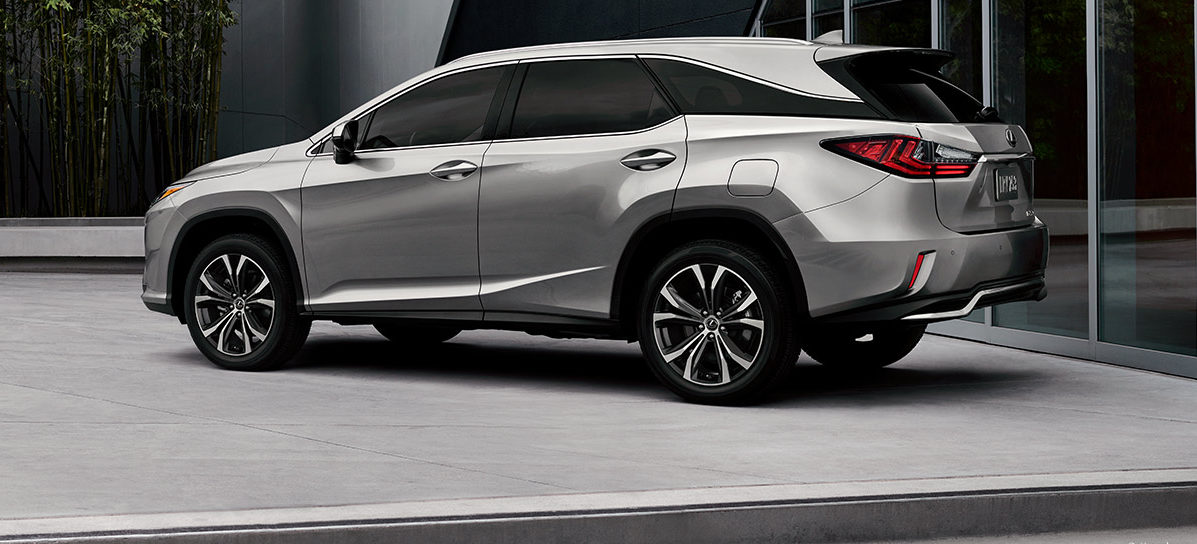
(Source: Roadshow/CNET)
Autonebula is a connected vehicle accelerator and investment fund that nurtures startups in this realm by mentoring them across business, technology & marketing – Check out Softlanding with Autonebula
